Hardware Introduction
IOT:bit
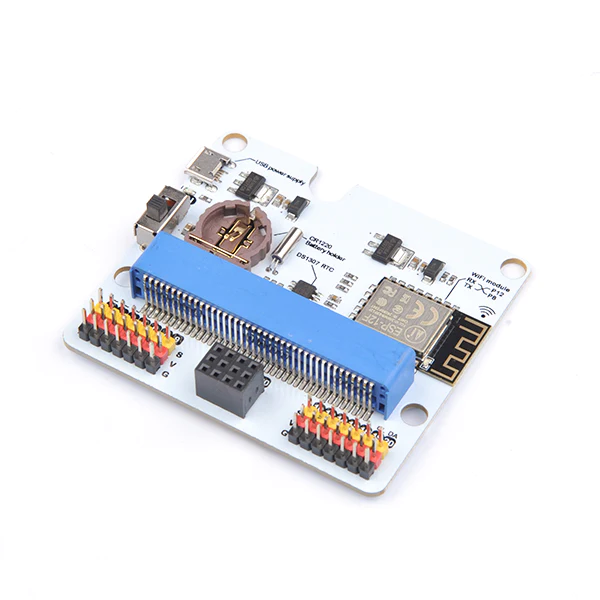
The IOT:bit expansion board is designed for micro:bit with bountiful functins. You can find more details below:
WiFi Module: The IOT:bit has a WiFi module on board that allows you to easily connect to a wireless network. With the WiFi module, you can enable fast communication with cloud platforms such as Thingspeak and HiveMQ to transfer data to and from the cloud. This opens up a wide range of connectivity and remote control possibilities for your smart home project.
RTC Module: The IOT:bit also integrates an RTC module (Real Time Clock), which has a precise timing function. The independently powered RTC module continues to keep time even if the micro:bit is powered down. This provides continuous accurate time recording for your applications such as time stamps, timed tasks and event triggering.
Buzzer: The IOT:bit also includes a buzzer through which you can play melodies, sound effects or alarm sounds. The buzzer is capable of producing sounds at different frequencies, adding audible feedback and interactivity to your projects.
IO Port Extension: The IOT:bit expands all the available IO ports on the micro:bit and leads them in GVS form, making it easy for you to connect with various 3V electronic building blocks modules. You can expand various modules, such as LED lights, photosensitive sensors, servos, etc., to build a richer and more diverse smart home system.
The IOT:bit expansion board has many functions to meet your demands in smart home development. It provides WiFi connection, RTC, buzzer and IO port expansion, etc., bringing more possibilities to your project. Not only can you achieve fast data transmission and remote control, but you can also add sound effects and access to various sensors to make your smart home system more intelligent and interactive.
For more information about IOT:bit, please visit: IOT:bit Expansion Board.
Light Sensor
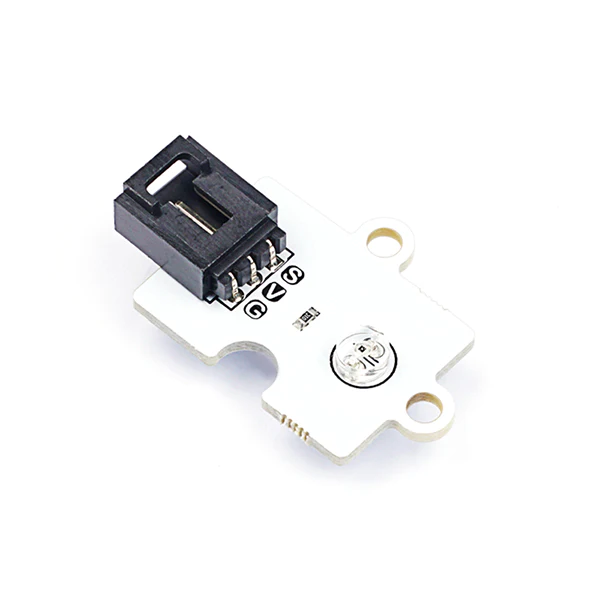
A light sensor is a sensor used to detect the intensity of light. It can output a corresponding electrical signal according to the light changes in the surrounding environment. With a light sensor, you can monitor the intensity of light in real time and automatically adjust lights, trigger other devices, or perform light-related applications as needed.
For more information about light sensors, please visit: Light Sensor.
Noise Sensor
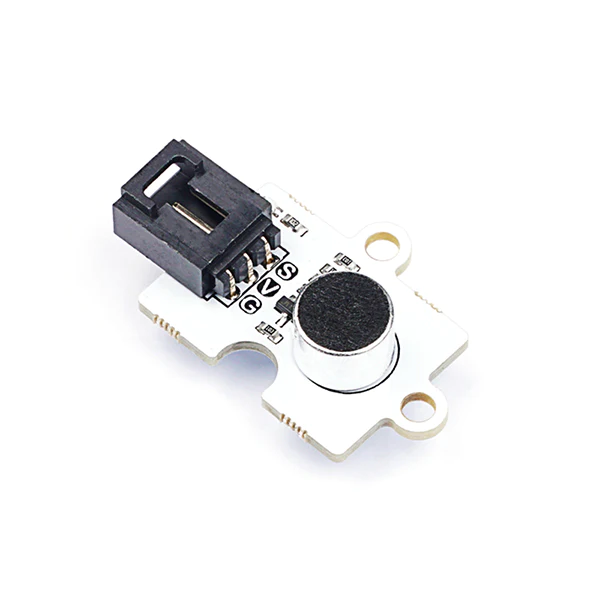
A noise sensor detects the intensity of sound in the surrounding environment. It can sense the vibration of sound and convert it into a corresponding electrical signal. In the case of smart sound-controlled lights, the noise sensor can be used in conjunction with a photosensitive sensor to trigger the automatic switching on of the lights when it detects noise and dimming of light in the environment.
For more information about noise sensors, please visit: Noise Sensor.
Crash Sensor
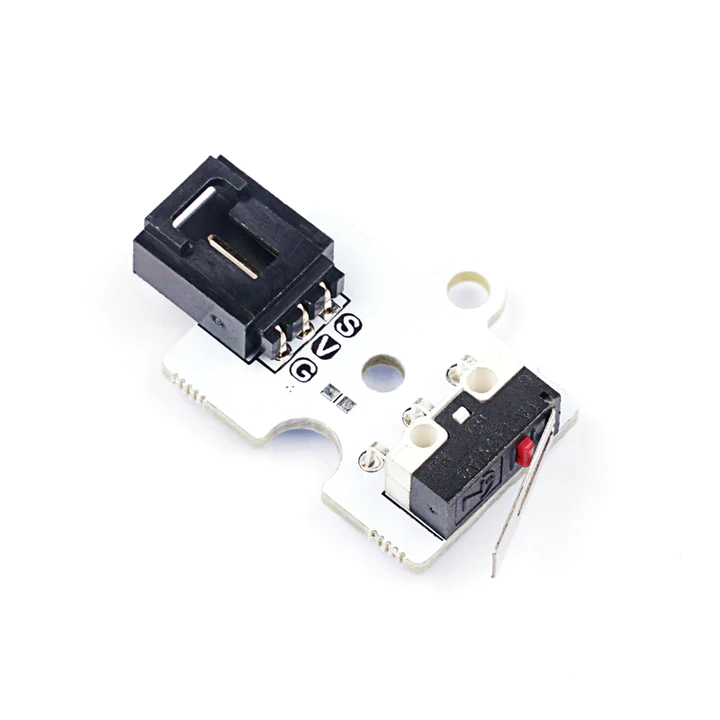
The crash sensor is capable of detecting the crash action of an object. It triggers a signal output by sensing an external impact, allowing you to detect if a door lock or other device has been affected by a collision. In the case of a remote door opener, the crash sensor can be used as a doorbell trigger to notify the remote end that someone is visiting the house.
For more information about crash sensor, please visit: Crash Sensor.
OLED Display
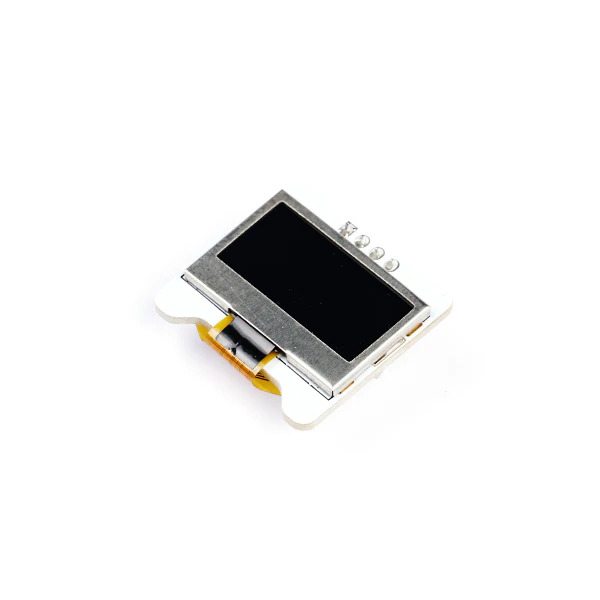
0.96" OLED display module adopts SSD1306 driver chip with 128x64 self-luminous white pixel dots. With the advantages of low power consumption and high contrast, it can be used in many display applications, such as: numerical value display of various types of sensors; mini game consoles; smart wearable devices and so on.
For more information about it, please visit: OLED Display.
Rainbow LED
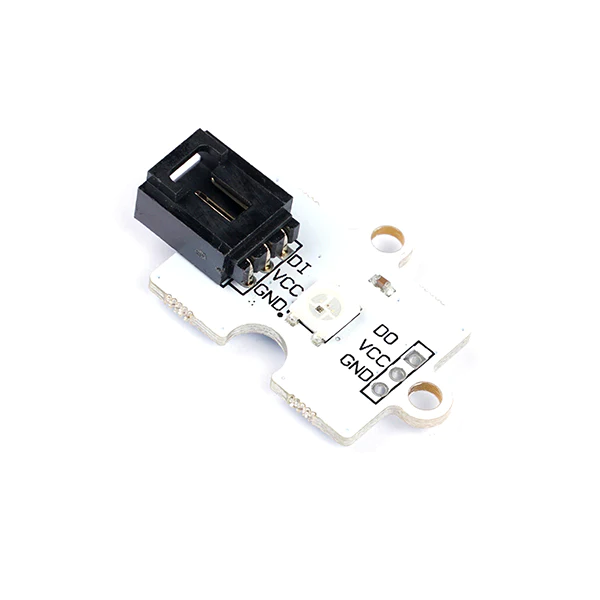
Rainbow lights can produce rich colour changing effects. The brightness and colour of the LEDs can be programmed and controlled to create pleasing light effects.
For more information about Rainbow Light, please visit: Rainbow Light.
180 Degrees Servo
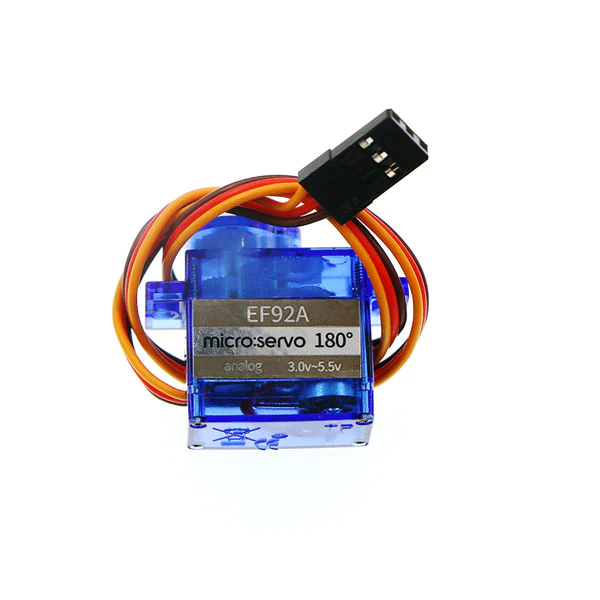
A 180-degree servo is a motor drive used to control mechanical devices. It can control the servo to rotate to a specified angle through an electrical signal to achieve precise motion control. In the case of the remote door opener, the 180-degree servo can be used to control the opening and closing of the door in order to realise the function of automatic door opening.